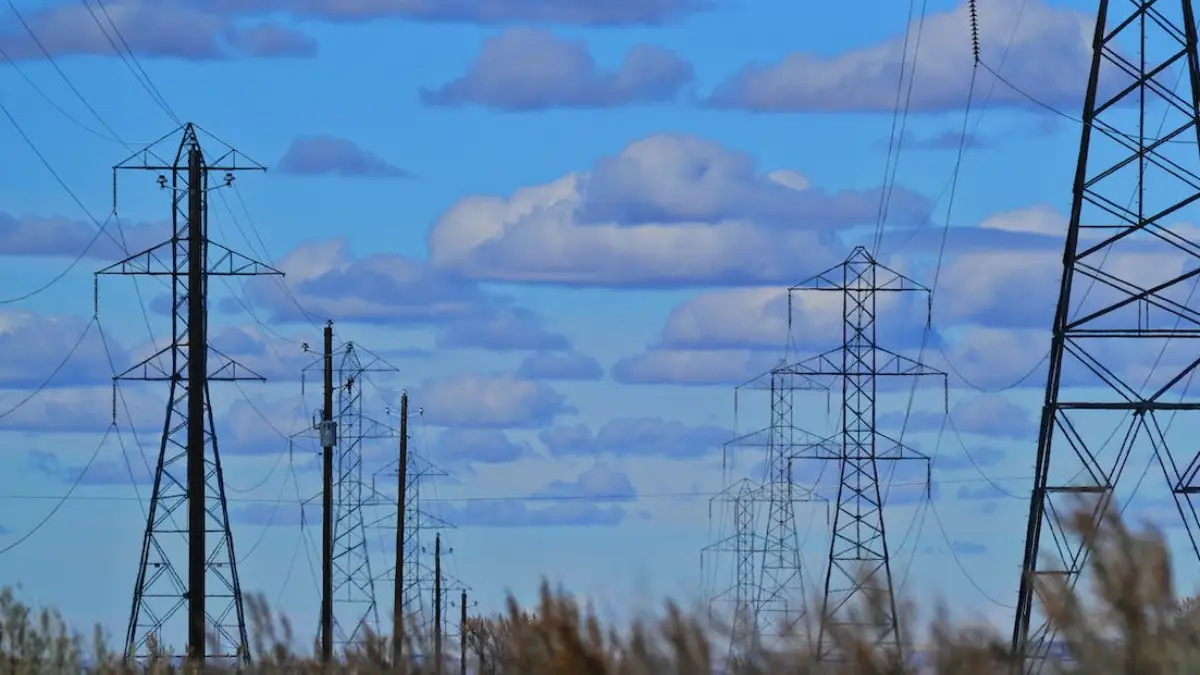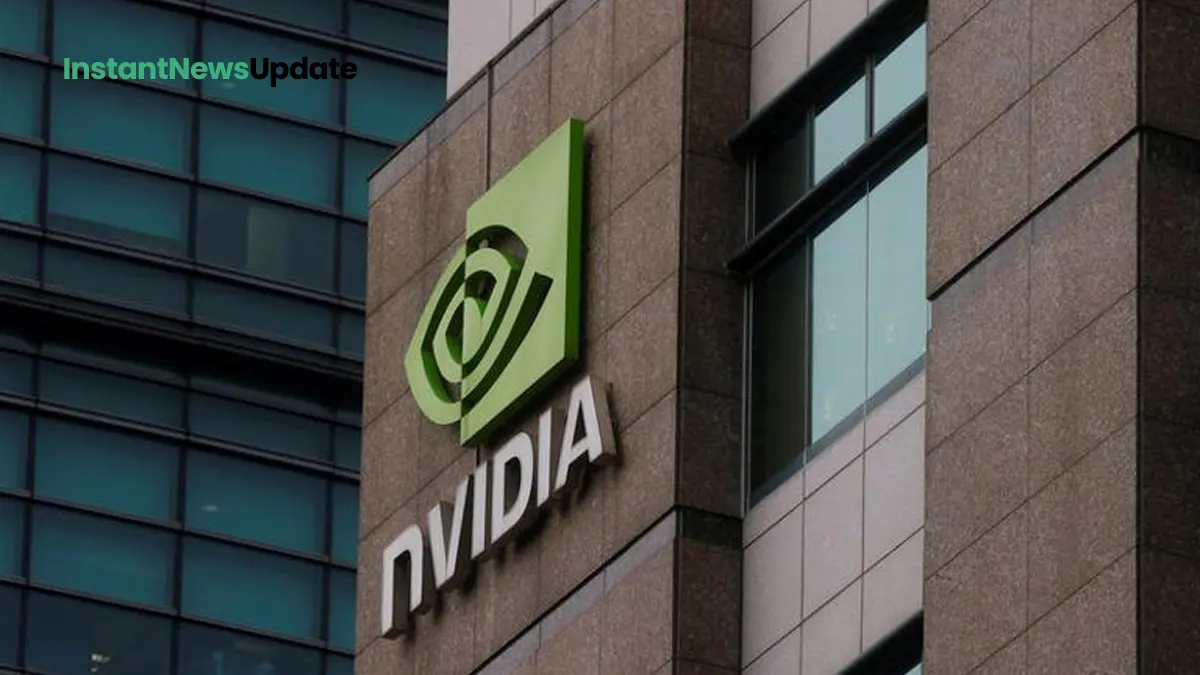History in the Making: Chandrayaan-3 Aims for Lunar Landing
Introduction
In a bid to cement its place on the global space exploration map, India is gearing up for its next lunar mission, Chandrayaan-3. Following the partial success of Chandrayaan-2, the Indian Space Research Organisation (ISRO) has been meticulously preparing for this mission, aiming to achieve what its predecessor couldn’t.
Chandrayaan’s Evolution
India’s tryst with lunar exploration commenced on October 22, 2008, with the launch of Chandrayaan-1. The mission gained international acclaim when it discovered water molecules on the Moon, particularly in the southern polar region. This revelation rekindled the global fervor for lunar exploration, prompting subsequent missions by countries like the USA, China, and Israel.
Chandrayaan-3’s Significance
Chandrayaan missions fall under distinct categories, with different objectives driving each venture. These include fly-by missions, orbiter missions, impact missions, lander missions, rover missions, and even human missions. Chandrayaan-3, designed as a rover mission, intends to address the objectives that remained unfulfilled by Chandrayaan-2.
Challenges and Modifications
Chandrayaan-2’s Vikram lander faced an unfortunate setback in September 2019 due to a software glitch, which led to an unsuccessful landing attempt. Chandrayaan-3, however, has undergone substantial modifications to mitigate potential risks. These include a larger landing area, enhanced fuel capacity for extended operations, software improvements, and stronger legs for the lander.
Instrument Payloads
Both the Vikram lander and Pragyan rover are equipped with cutting-edge instruments to carry out scientific experiments on the Moon’s surface. Pragyan features Laser Induced Breakdown Spectroscope (LIBS) and Alpha Particle X-ray Spectrometer (APXS), aimed at analyzing lunar soil composition and characteristics. Meanwhile, Vikram’s instruments, including RAMBHA, ChaSTE, Ilsa, and LRA, are geared towards studying the Moon’s atmosphere, thermal properties, seismic activity, and precise location data.
Anticipated Launch and Success Metrics
The anticipated launch window for Chandrayaan-3 is around August 23rd or 24th, strategically timed to coincide with the lunar dawn. This timing is crucial to maximize the operational timeframe, as instruments aboard the lander and rover are not designed to withstand the extreme cold of lunar nights. If successful, Chandrayaan-3 will mark India’s ascent as the fourth nation to achieve a soft landing on the Moon.
Global Lunar Landscape
While India forges ahead with Chandrayaan-3, other nations are also advancing their lunar exploration agendas. Recent news of Russia’s Luna 25 crash landing underscores the challenges of lunar missions. Meanwhile, the USA’s Artemis II mission plans to send astronauts to orbit the Moon in November 2024, pushing human exploration boundaries.
Looking Beyond: Gaganyaan Mission
Chandrayaan-3 is a stepping stone in India’s ambitious space exploration journey. Gaganyaan, slated for 2025, aims to send Indian astronauts into orbit, contributing to the nation’s prowess in space exploration.
In a constantly evolving global space race, India’s Chandrayaan-3 mission embodies the country’s unwavering determination to achieve scientific excellence and lunar conquest.









